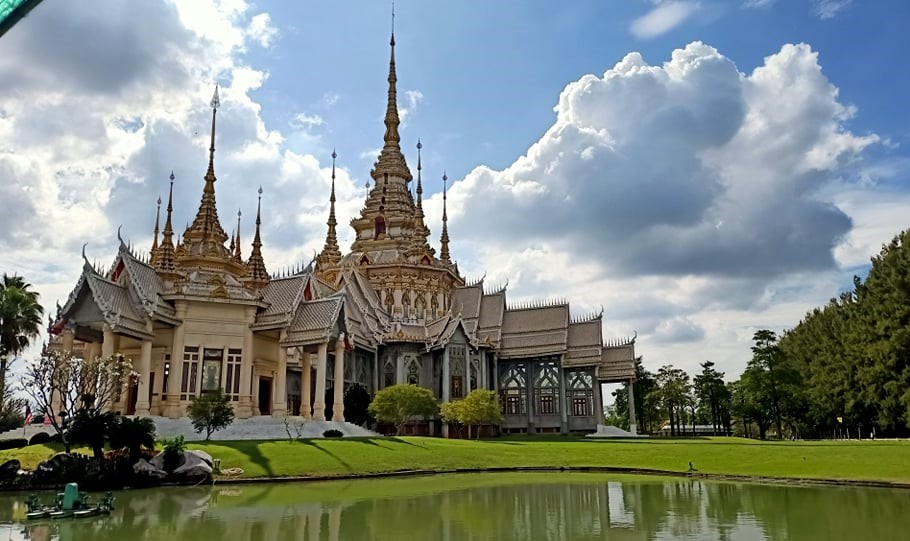The Elephant Parade
Posted November 19, 2021 by JanTha Tum District
Surin Province
Thailand
November 19, 2021
Hello,
In all my years traveling and living in Thailand, I have never attended the Elephant Round-up in Surin. The huge celebration takes place in November and is one of the most popular events in Isan.
But today, just by accident, Jenrira and I found ourselves on an elephant parade route through this small community. I suppose this Elephant Parade is associated with the Loy Kratong festival today.
After all the excitement, I will certainly add The Elephant Round-up to my “Thailand Must See” list.
Jan


